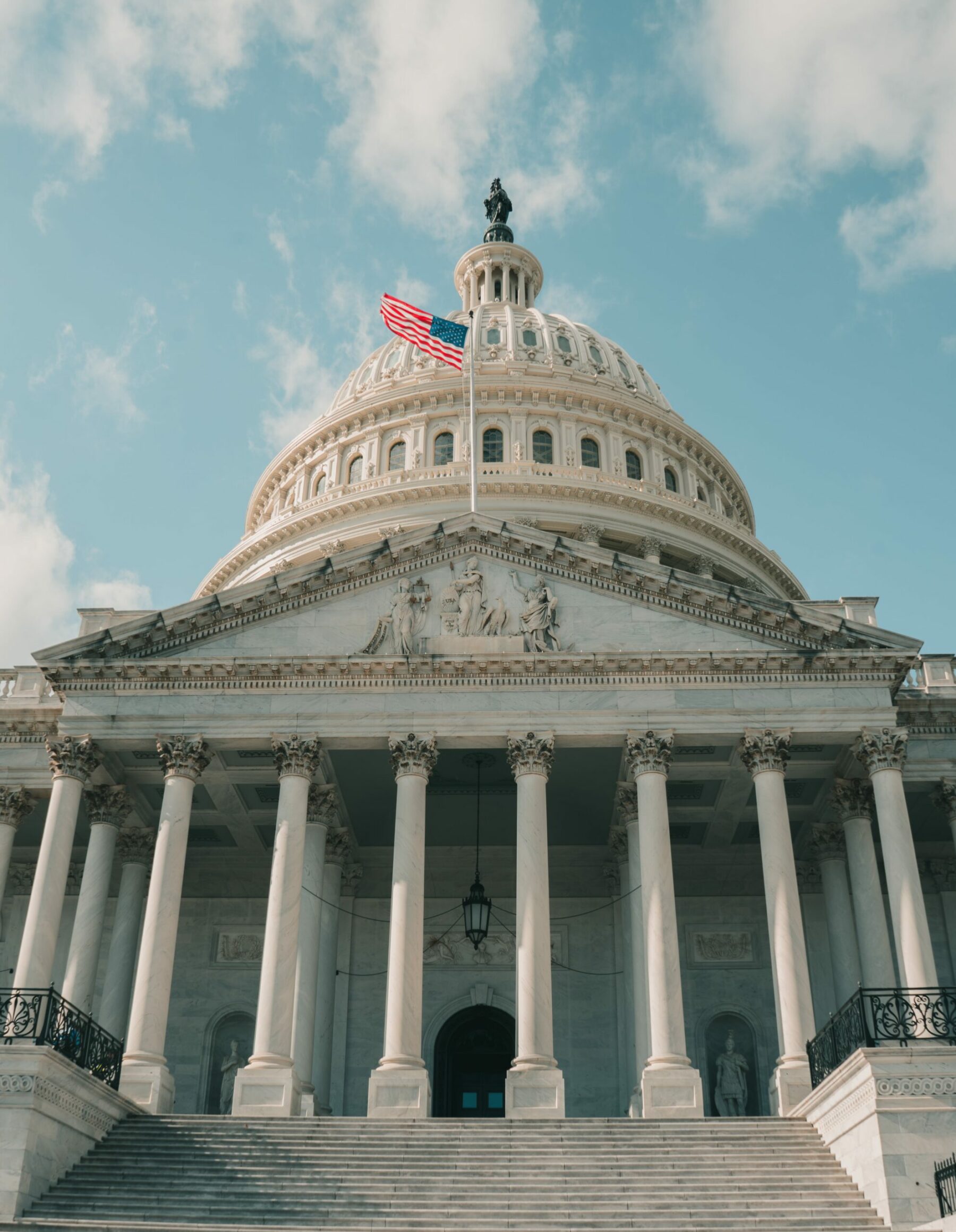The global consortium of organisations working together toward a cure for Parkinson’s may soon have a new and powerful partner joining the team: the US Federal Government! With the passing of the National Plan to End Parkinson’s Act by the House of Representatives just last week, the bill will now go to Senate for a vote, with high hopes that it will be passed quickly in the New Year. If it is, the resources being directed towards efforts to prevent and cure Parkinson’s disease will be significantly bolstered.
The Act (H.R.2365) is a bipartisan piece of legislation that has progressed through the various stages of the legislative process following considerable advocacy work to gain sponsors and cosponsors in both the House of Representatives and Senate, and to provide testimony to committees. It requires that the Department of Health and Human Services implements and periodically updates “a national plan to coordinate and guide efforts to prevent, diagnose, treat, and cure the disease”. If passed by Senate, an advisory council composed of representatives of federal agencies, people with Parkinson’s, care partners, and representatives of non-profit organisations will be formed to (among many other things):
The passing of the Act by the House of Representatives is a huge step forward, but it in no way takes the pressure off us here in little old New Zealand. There is much that we can and must do to complement the global efforts, leveraging our unique position in the world and our unique advantages based on decades of prior research and competency building. We have our part to play.
This news also serves as a powerful reminder that lobbying and advocacy for more funding for Parkinson’s research can help us develop a cure(s) more rapidly. The contestable funding model that predominates government (and most other) research funds works well when the size of the funding pot is large enough to fund all of the really worthwhile projects; sadly, it isn’t even close. With, in some instances, <10% of proposals funded, our best researchers must spend an increasing amount of time writing grant applications rather than focusing on the research. Consistency and continuity in research teams may be broken. We need to fix that through a longer-term strategy with targeted and reliable funding dedicated to projects that will help us find a cure for Parkinson’s.
From a health economics perspective, it is a no-brainer. The estimated cost of Parkinson’s disease to the US economy is US$52 billion every year; and this is anticipated to increase to US$80 billion p.a. by 2037. In the UK, the estimated cost of healthcare (alone) related to Parkinson’s is three-quarters of a billion pounds, with a total economic impact of >£3.6 billion per year. While we don’t have equivalent numbers for Aotearoa New Zealand, the overall cost is almost certainly in the hundreds of millions of dollars every year… if just a fraction of that was invested into research now, we could massively reduce the future impact of this awful disease not only on the individuals affected, but also on our economy as a whole.
It is hugely encouraging to see this step in the right direction in the US, with the National Plan to End Parkinson’s Act being one step closer to becoming law. We can learn and take motivation from this progress as we make our story heard and continue to raise funds from all sources to fuel research leading to a cure for Parkinson’s.
